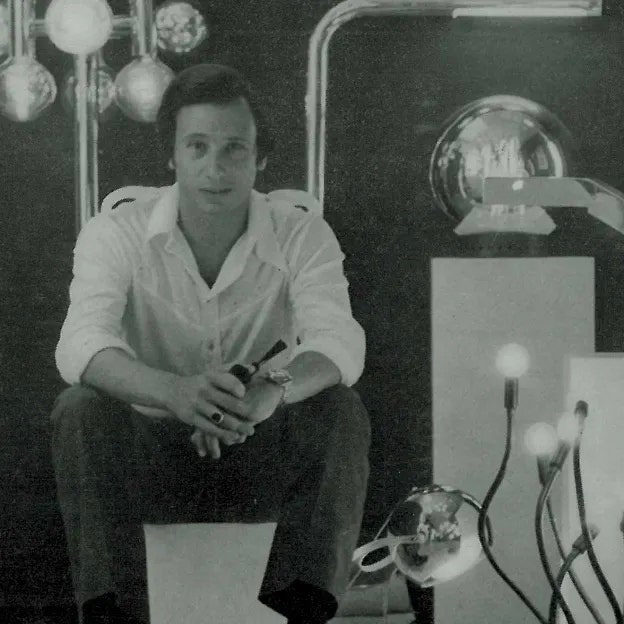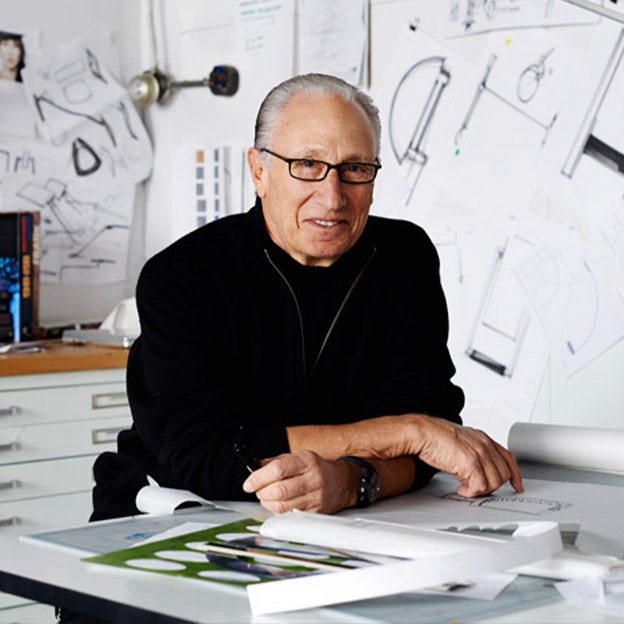
Six Decades of Design Innovation and What’s Next
STORIES
Six Decades of Design Innovation and the Beginning of What’s Next
This year, Robert Sonneman, founder of SONNEMAN – A Way of Light, celebrates six decades of leading lighting innovation forward. Sonneman, a champion of modern design and pioneer of modern lighting discusses his earliest experiences with design, his steadfast belief in Modernism and where he thinks design is headed next.


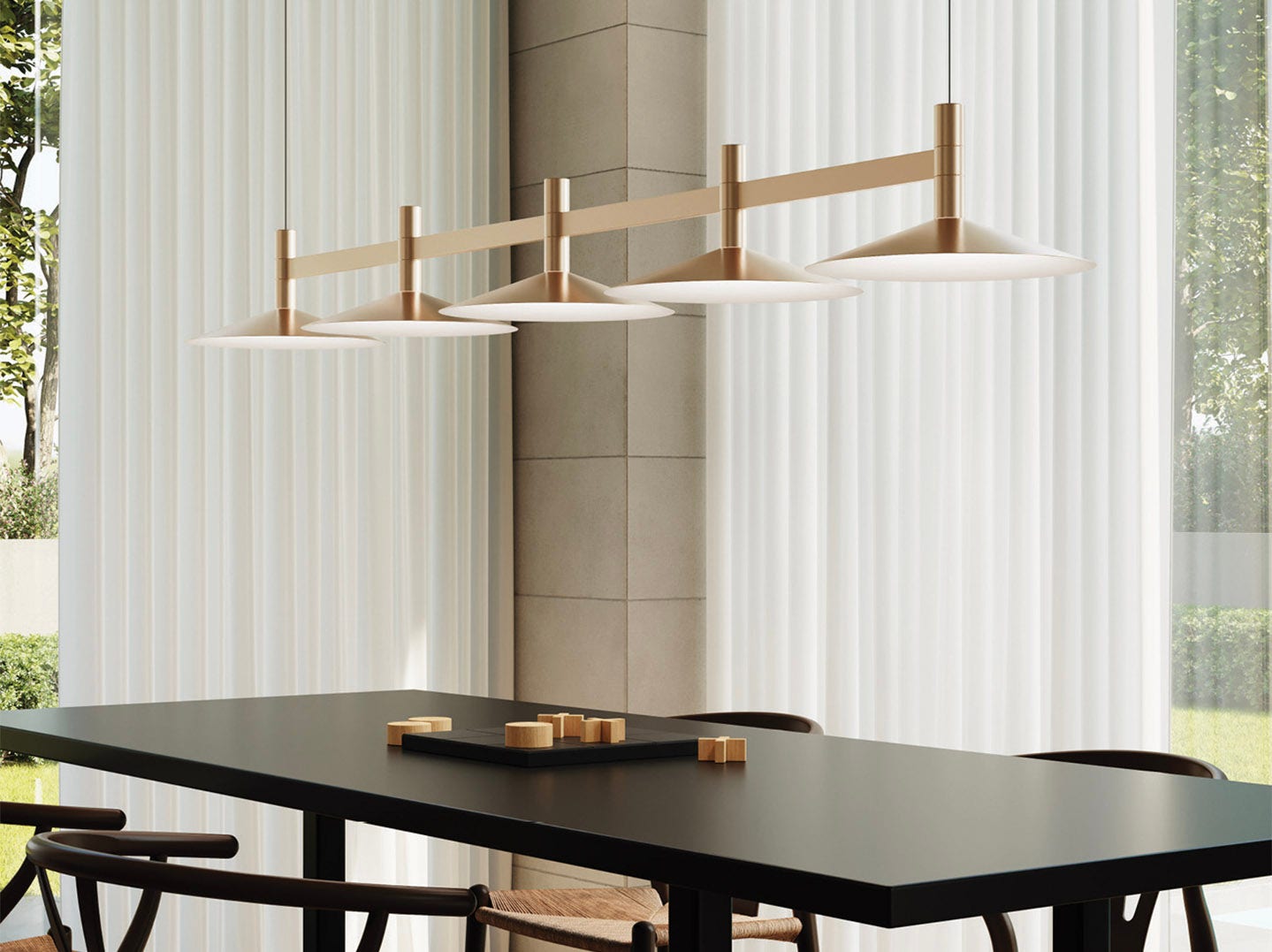

We are here to talk about 60 years of design. What are your first thoughts looking back at this milestone?
I have had a challenging and rewarding path through a lifetime of discovery. I've had the good fortune of being introduced to Modernism as an approach to design and life early in my development. I set my path of independence and pursued the odyssey of discovery that became the pathos of who and what I would become.
What were your earliest experiences with design?
Growing up in New York City I had access to and developed a keen interest in modern art. Three days out of the Navy at age 19, I answered an ad and started working for George Kovacs, who ran a little store on Madison Avenue that sold European modern lights and accessories. George introduced me to the philosophy and point of view of Modernism and the notion that design should be functional, minimally simple and straightforward with an absence of contrivance.
The approach made perfect sense to me and became foundational to my approach to product and architectural design, but more importantly to life. The straightforward honesty of Modernism has stayed with me my entire career and is basic to who we are and what we do at SONNEMAN.
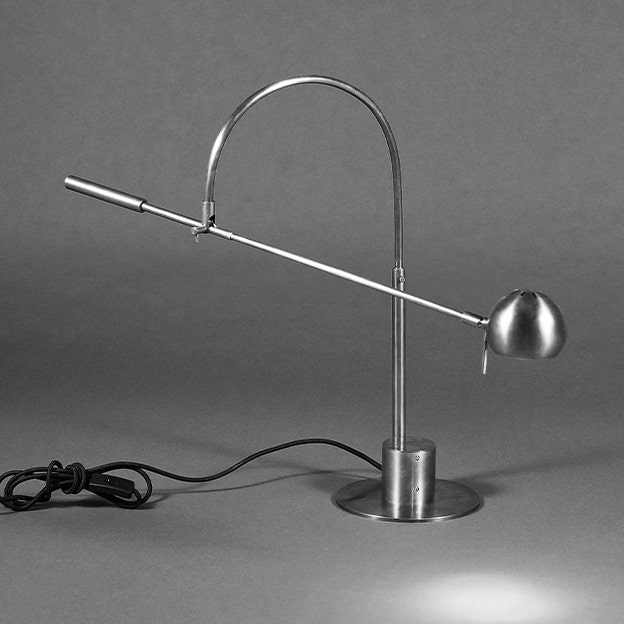

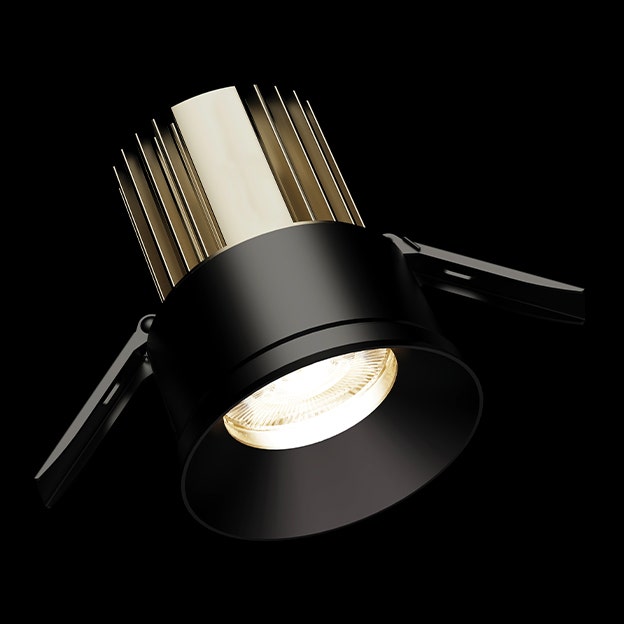

Tell us about some of your foundational designs, like the Orbiter. How do we still see this in Sonneman design DNA today?
At age 23—when I started SONNEMAN lighting and designed what became my first independent product line—I came to believe that it is impossible to improve on the simplicity of pure geometry. It was the place where I started and stayed, even when I investigated other form developments along the way.
The Orbiter was conceived as a single counterweighted boom balancing a lighted sphere which could move freely within the rotation of a simple arc. Each element and its totality was executed with pure geometry. Other designs that I did of that period were all, or in part, cylindrical, spherical, rectilinear, square and linear. Pure geometry was a solid approach to functional simplicity and remains so.
Rooted in the Miesian aphorism of “less is more”, our designs are aesthetically Modern and driven by the notion that beautiful artistic expression and functionality can be achieved with simplicity.
What is your advice to designers?
I express our point of view and our approach to a project or what we are seeking to achieve, but I generally try not to give advice to designers. I do exchange ideas and discuss alternative approaches, because my goal with a design colleague is to expand our insight and bring freshness to our thinking. Nevertheless, there are some points I might make for guidance.
Satisfy and fulfill your design vision before seeking the approval of others to challenge yours. Great designers have a clear point of view with an uncompromising commitment to quality and performance. Understand that the struggle to be different does not permit substituting contrivance for good design, or replace the integrity demanded to be better.


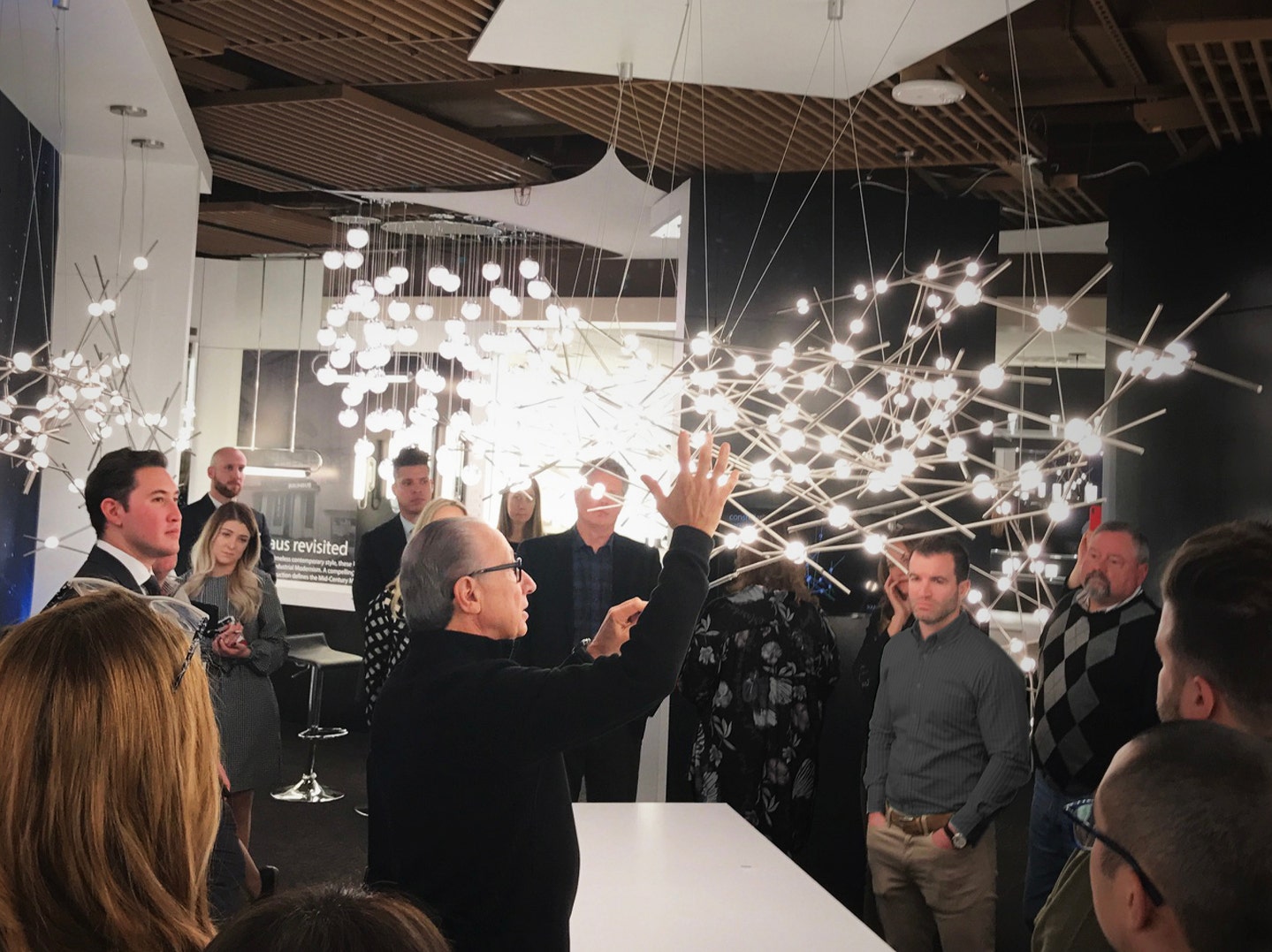

How has your philosophy on design evolved and changed?
Our design point of view is clearly rooted in the functionalism of the industrial aesthetic defined at the Bauhaus School of the late 1920s. But as architectural perspectives have grown and evolved through the decades of Modernism, so too have we grown to embrace the evolutionary changes and new insights of modern architecture.
We don’t always seek to attach our design perspective to specific schools of the changing styles, but rather focus on build lighting design that works well within modern spaces of the evolving genres. We do so striving for functional clarity and modern simplicity but often connect stylistically with the architectural context. Our design insight and growth has evolved along the path of modern architectural evolution as a focal point of our vision and a constant touchstone of our design development.
Where do you see design moving forward?
Technology drives possibilities and possibilities drive design. No longer a high-powered electrical line supporting the high wattage of incandescent bulbs, illumination is now a low powered, electronically controllable phenonium. Sensors, controls, and luminaires integrated over intelligent networks provide high-quality control of lighting Intensity, color, and distribution. Lighting is now an integrated system within the building system, offering an almost unlimited potential for creativity and functionality.
Think of design differently. Form, shape and sculptural presence aren’t enough to rise on the tide of innovation through integrated technology. Integration of aesthetic sensibilities with technological capabilities will define the guide posts of creative realization without boundaries or limitations. The design of the future is holistic and encompassing of an expanded inclusion of science and the art of imagination.
As we drive forward to imagine the future, we connect deeper with our mantra of: ILLUMINATION FROM THE ART OF TECHNOLOGY.

